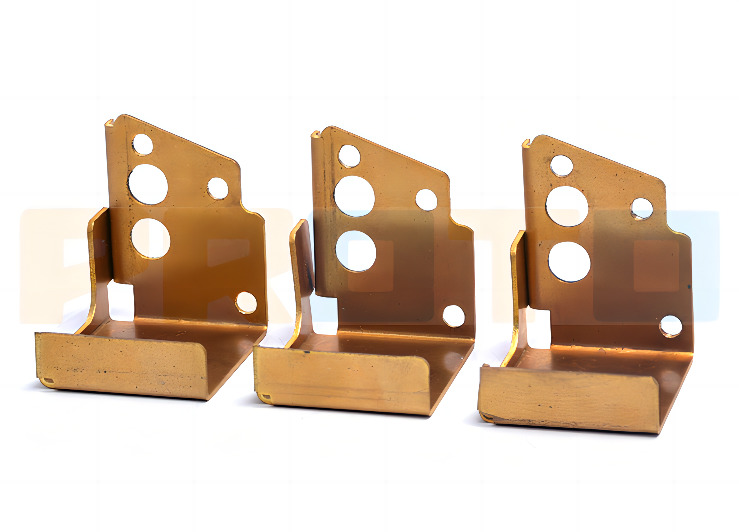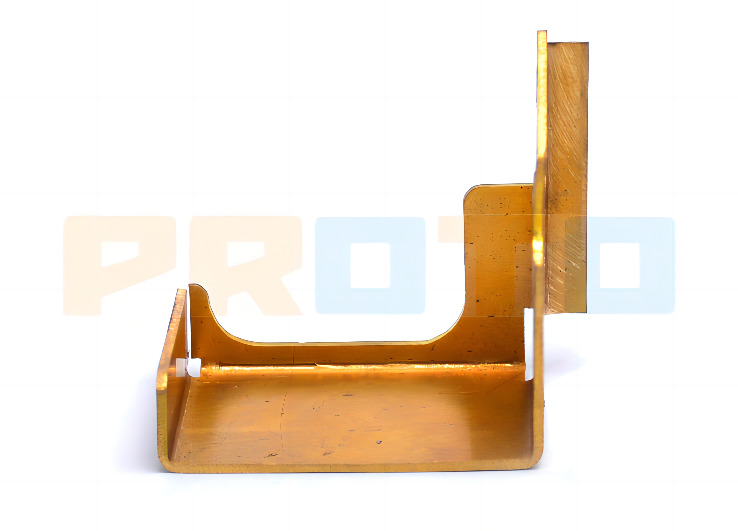Sheet metal parts are widely used by various industries due to their versatility, strength, and relative cost-effectiveness to produce. As production batch sizes become smaller and SKU counts grow, it is important to stay grounded when it comes to key design factors that affect manufacturing lead times. We’ve laid out several crucial design considerations that can speed up sheet metal part production, enabling product designers to meet tight project deadlines.

Keep it Simple
Simplicity of design has a fundamental relationship to sheet metal part production times. Sheet metal fabrication is comprised of a collection of manufacturing steps such as cutting, bending, hardware insertion, welding, and coating or finishing—each of which affects the final lead time. Complex designs with intricate features often require multiple tool setups, which lengthen production time and end up costing more. The good news is that you can reduce complexity without trading off important design features by minimizing the number of internal bend radii tools and designing countersinks to support manufacturer recommended angles and outside diameters. At its core, simplified design leads to improved manufacturability and enables consistent quality from part to part, and batch to batch.
Design for Manufacturability
A key to designing for manufacturability (DFM) for sheet metal parts is that they should be optimized for fast and efficient fabrication. This includes considerations such as selecting appropriate and available materials, adding sheet metal features to CAD files, and ensuring a design can be unfolded into a flat state. Integrating features such as standard hole sizes, stocked hardware inserts, and uniform bend radii also helps simplify tooling setup and decreases cycle times. By collaborating closely with fabrication experts during the design phase, engineers can identify potential production challenges and make necessary design modifications to expedite manufacturing.
Material Selection
Material choices can have a measurable effect on production speed. Opting for readily available and workable sheet metal materials, such as aluminum or mild steels, reduces lead times and mitigates production risks. Furthermore, understanding the material’s physical properties, such as its elasticity, formability, and weldability, enables designers to choose a material that can be processed with minimal setup adjustments.
While these design factors don’t provide all solutions, they do suggest that careful consideration of the relationship between lead time, production efficiency, and design intent is necessary in sheet metal fabrication. This thoughtful approach not only reduces lead times but also enhances quality outcomes, enabling businesses to accommodate changing demands and maintain a competitive edge in today’s increasingly fast-paced economic environment.

Summary
This article explains the 3 ways to accelerate sheet metal part production and discusses the details and uses of each. If you would like to learn more about sheet metal part please contact a PROTO MFG representative.
PROTO MFG provides a wide range of manufacturing capabilities and other value-added services for all of your prototyping and production needs. Visit our website to learn more or to request a free, no-obligation quote.